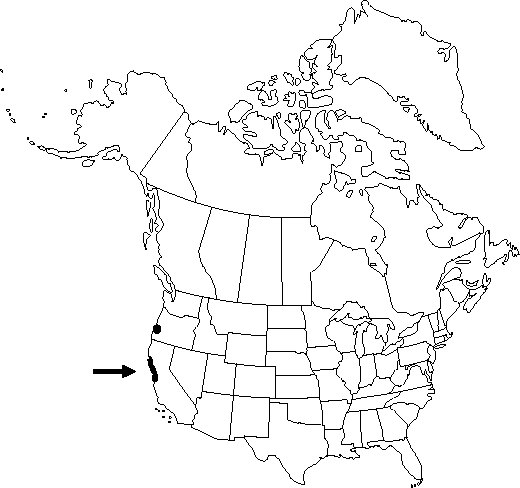Shrubs, evergreen, 1-3 m. Stems dimorphic, with elongate primary and short axillary shoots. Bark of 2d-year stems brown, densely tomentose. Bud scales 2-4 mm, deciduous. Spines present, pedately 5-9-fid. Leaves simple; petioles 0.1-0.3 cm. Leaf blade obovate, 1-veined from base, 1.7-3 × 0.9-1.2 cm, thick and rigid, base acute or acuminate, margins reflexed, undulate, toothed or shallowly lobed, each with 2-4 teeth or lobes 1-3 mm high tipped with spines to 1.2-1.6 × 0.2-0.3 mm, apex obtuse or rounded; surfaces abaxially glossy, smooth, adaxially glossy, green. Inflorescences racemose, rather dense, 10-20-flowered, 3-4 cm; bracteoles membranous, apex acuminate. Flowers: anther filaments without distal pair of recurved lateral teeth. Berries dark purple, spheric, 6-7 mm, juicy, solid.
Phenology: Flowering winter (Feb).
Habitat: Humid areas near coast
Elevation: 0-20 m
Distribution

Introduced; Calif., Oreg., native, s South America.
Discussion
Berberis darwinii only rarely escapes from cultivation. It is resistant to infection by Puccinia graminis.
Selected References
None.